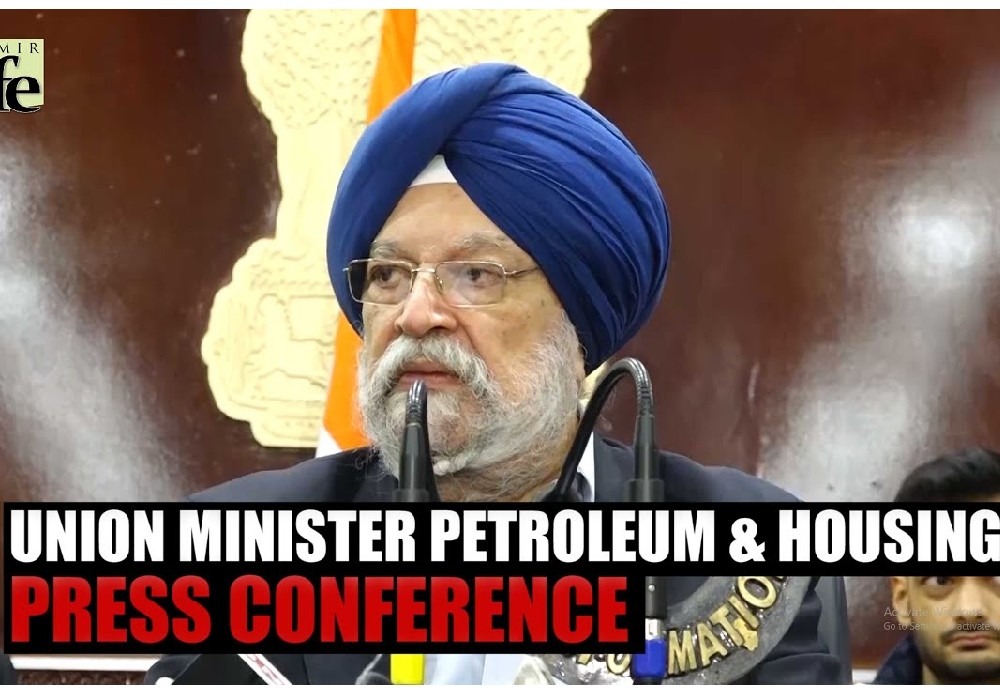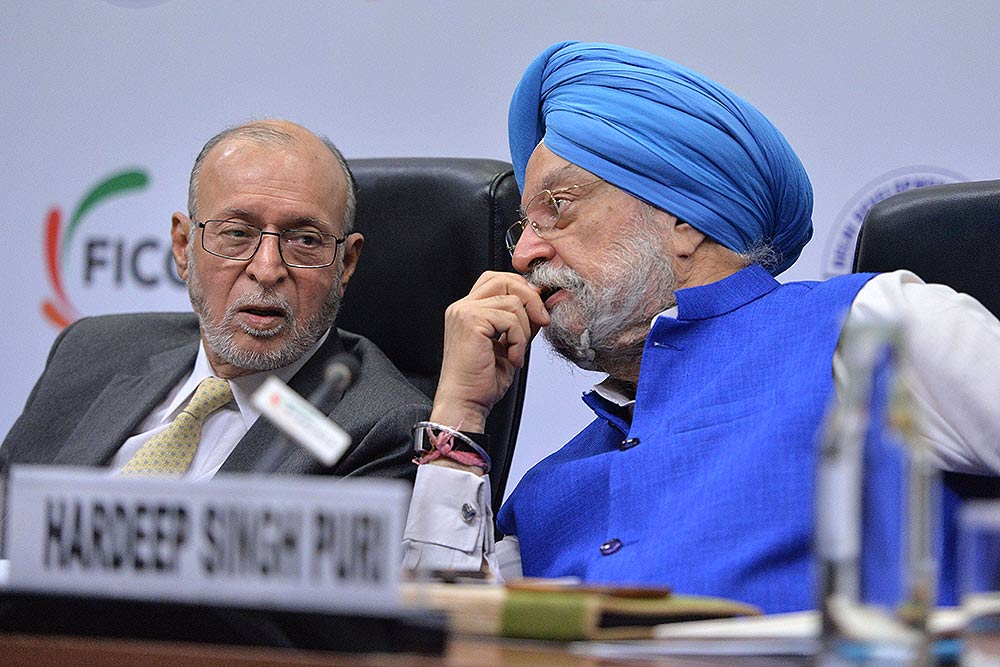India is the third-largest importer and the fourth-largest refiner of crude oil in the world
The story
On Monday, Prime Minister Narendra Modi inaugurated the India Energy Week at the Bengaluru International Exhibition Centre in Karnataka. The four-day event, which will be held from February 6-8, is meant to showcase the rise of India as an energy-transition powerhouse. At the event, the PM stated that in the coming years “energy demand of India will be 11 per cent of the global demand as compared to five per cent today. This has provided ample opportunities for companies to invest and collaborate in the sector.”
While the event also showcases the nation’s achievements in renewable energy, fossil fuels remain one of the primary focus areas. Indeed, PM Modi urged investors on the first day of the event to increase their presence in the nation’s fossil fuel exploration efforts, noting that 10 lakh square kilometres of previously ‘no-go’ land had been freed up for the same under his administration.
India as a leading consumer of imported fuel
According to data from the CEIC regarding India’s growing oil consumption, the nation’s demand for the so-called liquid gold rose from a low of 252,234 barrels per day in 1965 to a high of 5,149,818 barrels per day in 2019. While this demand fell off during the pandemic, it is steadily recovering. In 2022, the Union Ministry for Petroleum and Natural gas noted that at around five million barrels per day, India’s oil consumption was growing by three per cent compared to the global average of one per cent.
As such, India is the third largest importer of crude oil in the world, behind the US and China, with the nation importing around 84 per cent of its crude oil needs. In 2021, India imported around 4.2 million barrels per day, with a majority of the oil coming through sea-borne trade.
While India, much like the rest of the world, was once largely beholden to a few prolific producers of crude oil under the banner of the powerful OPEC (Organisation of Petroleum Exporting Countries), the nation has since moved to diversify its crude oil procurement in order to boost energy security.
One of the biggest changes in this regard is the addition of America to the list of countries India sources crude oil from. With its ongoing fracking revolution, the US has turned from an energy importer to a net energy exporter. In 2017, two years after the US lifted its ban on crude oil exports, India started buying up a range of US crude.
By the end of 2022, the US was the fifth largest oil exporter to India, supplying 322,015 barrels per day in December of last year.
With that said, it should be noted that OPEC+ (OPEC plus Russia) countries still account for 85 per cent of India’s total monthly crude imports. While the likes of Saudi Arabia, Iran and Iraq typically accounted for the largest portion of India’s oil imports in the past, this has changed with the onset of the war in Ukraine which has availed an enormous amount of discounted Russian oil for Indian consumption.
In December of last year, India imported around 1.19 million barrels of Russian oil. But even though Russian crude accounts for around 25 per cent of India’s requirements, India’s underlying imperative to seek diversification will continue to aggressively seek alternatives to complete reliance on major oil producers as a matter of national security and self-sufficiency.
India as a leading producer of petroleum products
Up until 1947, India only had one petroleum refinery with an annual capacity of 0.50 million metric tonnes. Following the setup of the present-day Mumbai refinery of HPCL in 1954, India’s refining capabilities continued to grow dramatically. In 2021, the nation reached a refining capacity of around 249 million tonnes a year, roughly equivalent to five million barrels per day. This makes India a vital refining hub, with the fourth largest capacity in the world for the same behind the United States, China and Russia.
India’s key position as a refiner of petroleum products has now given it a major role in global energy markets. Research done by data intelligence firm Kpler reportedly shows that India is now taking a greater role in buying up Russian oil and refining it for fuel that is sold in the US and Europe.
According to the firm, India shipped around 89,000 barrels of oil per day to New York in January, with diesel shipments to Europe for the same time period amounting to 172,000 barrels a day.
This increase is down to one key factor. While the US and European markets are always in need of cheap and plentiful oil to drive their industries and their economic growth, they are not quite so keen to provide Moscow with war funds to continue their aggression in Ukraine.
Conveniently, under the current western sanctions on Moscow’s energy trade, refined products produced from Russian crude exported from third countries are not labelled as being of Russian origin and thus, can be sold in western markets. This has meant that India is increasingly becoming a preferred seller of such products in the US and Europe.
This will only increase in the future as Europe’s planned ban on the import of refined Russian oil products is set to begin this week.
India as an aspiring producer of crude oil
While foreign oil has sustained India’s development as a global economic powerhouse in the past, the government has other plans for the future. In keeping with India’s directive of energy self-sufficiency, last year, the Union Minister of Petroleum and Natural Gas, Hardeep Singh Puri announced that the nation’s petroleum industry would seek to supply 25 per cent of its total crude oil demand by 2030.
More recently, the minister announced that India would seek to double the area under exploitation and production of oil and gas to 0.5 million square kilometres by 2025 and 1 million square kilometres by 2030.
The minister also noted that this expansion would likely generate considerable interest worldwide, with Puri stating that India was likely to see an investment of around $58 billion in finding and producing natural gas and oil in 2023. He stated that major industry players like ExxonMobil and Chevron Corp were keen to invest in this new phase for the Indian energy industry.
For reference, India is known to have at least 600 million barrels worth of untapped reserves of oil though more may be found in due time.

देश में एक करोड़ यात्री प्रतिदिन कर रहे हैं मेट्रो की सवारी: पुरी ..

Union Minister for Petroleum and Natural Gas and Housing and Urban Affairs, Hardeep Singh Puri addressing a press conference in ..

Joint Press Conference by Shri Hardeep Singh Puri & Dr Sudhanshu Trivedi at BJP HQ| LIVE | ISM MEDIA ..
(3).jpg)
"I wish a speedy recovery to former Prime Minister Dr Manmohan Singh Ji. God grant him good health," Puri wrote. ..